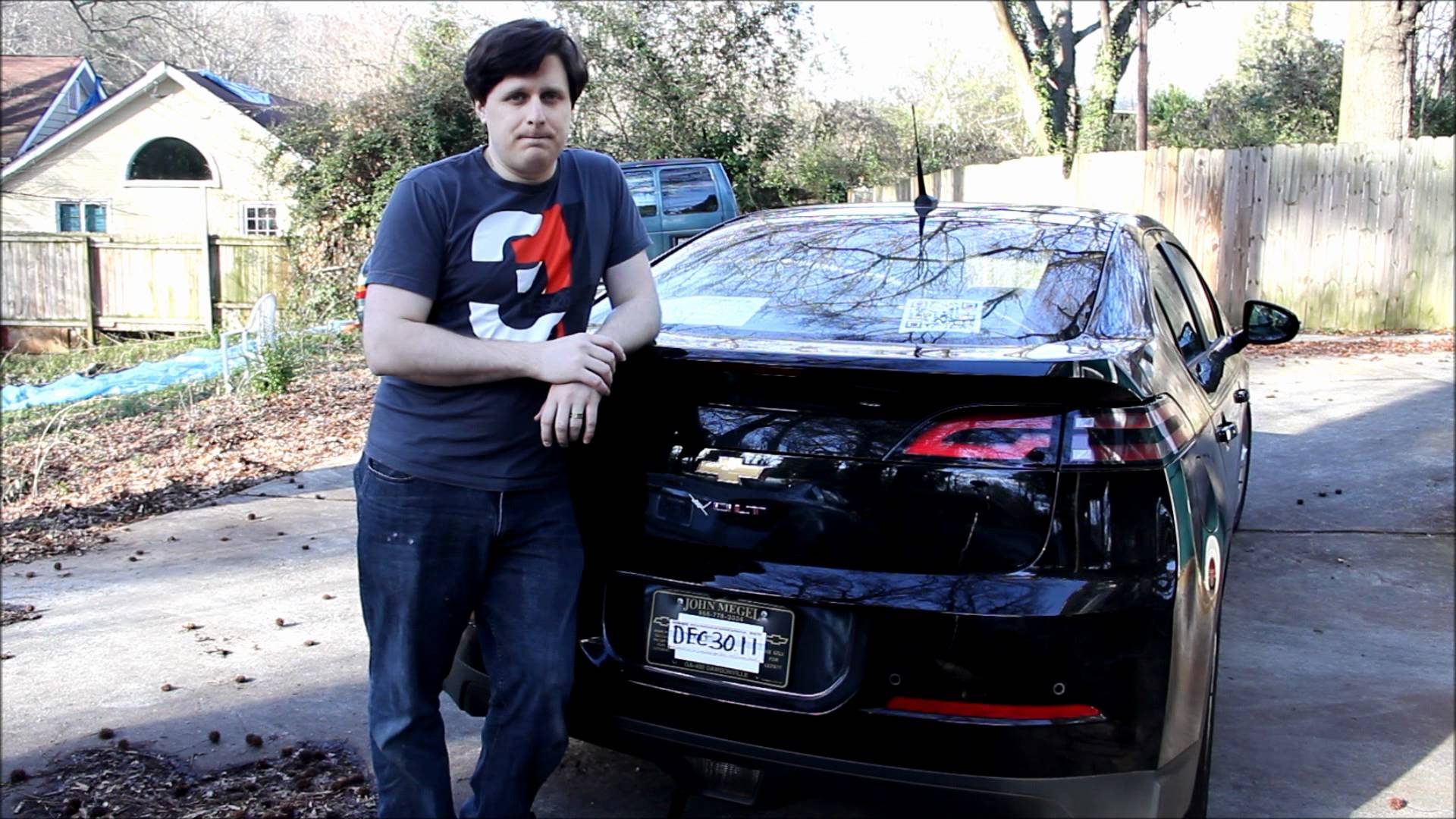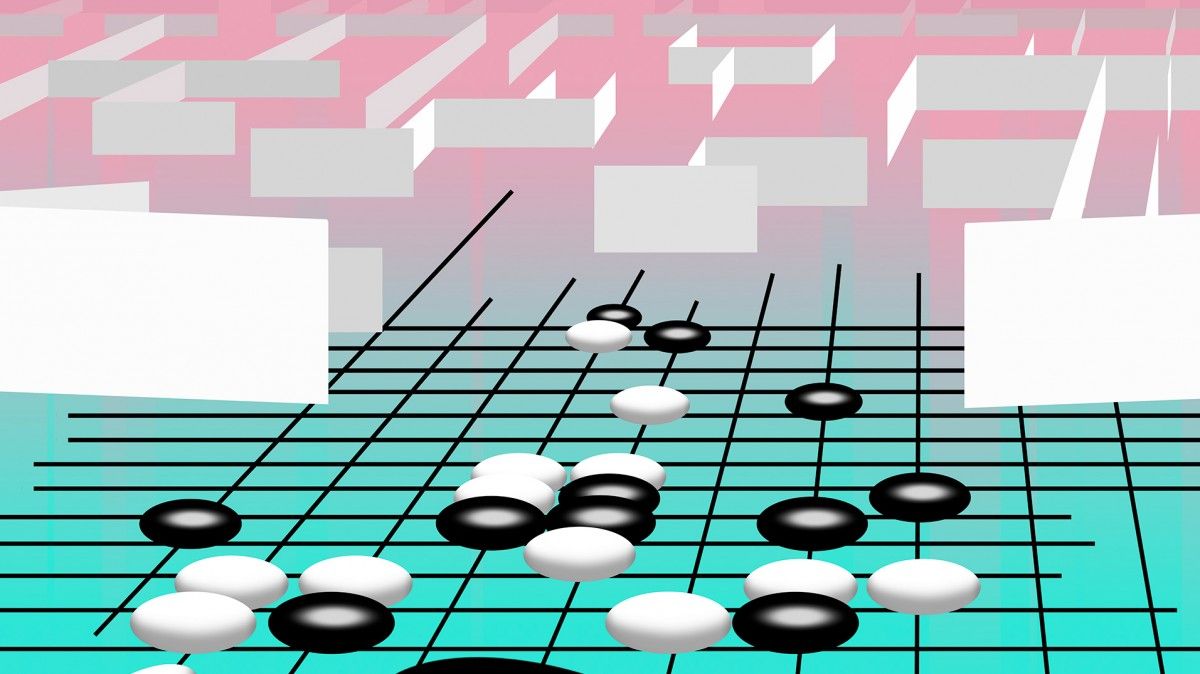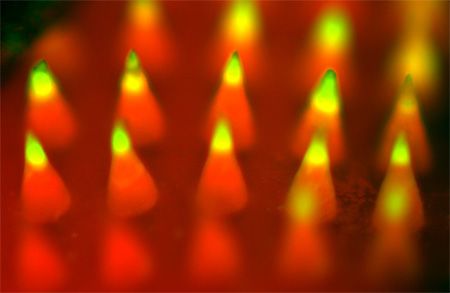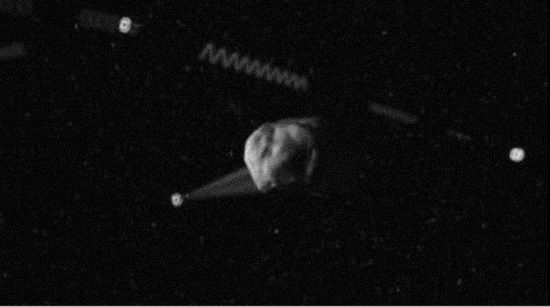Page 11269
Mar 31, 2016
An Update on fast Transit Routing with Transfer Patterns | Google Research Blog
Posted by Odette Bohr Dienel in categories: automation, big data, business, complex systems, computing, economics, engineering, environmental, transportation
“What is the best way to get from A to B by public transit? Google Maps is answering such queries for over 20,000 cities and towns in over 70 countries around the world, including large metro areas like New York, São Paulo or Moscow, and some complete countries, such as Japan or Great Britain.”
Mar 31, 2016
Astronomers Can’t Rule Out Alien Megastructure Around Kepler Star
Posted by Bruce Dorminey in category: alien life
Too soon to say whether Tabby’s Star, the Kepler star that garnered all the headlines late last year, actually harbors an alien megastructure or not. A new crowdfunding effort to fund global network of observations for the next two to three years should help resolve the matter. Don’t hold your breath.
Astronomers still can’t rule out the presence of an alien megastructure around Kepler star KIC 8462852 — located nearly 1500 light years away in the constellation of Cygnus. Strange dips in the star’s luminosity over four years of observations with NASA’s Kepler space telescope initially fueled such speculation, even though most of it was quickly dismissed.
But the currently most favored natural explanation for the strange light curves — a swarm of intervening planetary or cometary debris — remains largely unsatisfying. Thus, next month, a Kickstarter campaign will fund new ground-based observations to begin this summer that should bring more clarity to the situation.
Continue reading “Astronomers Can’t Rule Out Alien Megastructure Around Kepler Star” »
Mar 31, 2016
Microneedle Patch Delivers Localized Cancer Immunotherapy to Melanoma
Posted by Klaus Baldauf in categories: biotech/medical, engineering
Biomedical engineering researchers at North Carolina State University and the University of North Carolina at Chapel Hill have developed a technique that uses a patch embedded with microneedles to deliver cancer immunotherapy treatment directly to the site of melanoma skin cancer. In animal studies, the technique more effectively targeted melanoma than other immunotherapy treatments.
According to the CDC, more than 67,000 people in the United States were diagnosed with melanoma in 2012 alone – the most recent year for which data are available. If caught early, melanoma patients have a 5-year survival rate of more than 98 percent, according to the National Cancer Institute. That number dips to 16.6 percent if the cancer has metastasized before diagnosis and treatment. Melanoma treatments range from surgery to chemotherapy and radiation therapy. A promising new field of cancer treatment is cancer immunotherapy, which helps the body’s own immune system fight off cancer.
Mar 31, 2016
Netherlands Moves To Only Allow EV Sales By 2025 — End Of Gas, Petrol
Posted by Shailesh Prasad in categories: business, sustainability, transportation

In a majority vote, the lower house of Dutch parliament supported a motion to no longer allow new sales of petrol or diesel cars from 2025. The action was brought by the PvdA, which would bring forward Netherland’s commitment to full electric transportation by decades.
If followed through on (via a Labour motion for the Cabinet’s support), in 2025 only sustainable, zero-emission cars will be available to be purchased.
Continue reading “Netherlands Moves To Only Allow EV Sales By 2025 — End Of Gas, Petrol” »
Mar 30, 2016
Planetary Resources Receives Patent for Asteroid Prospecting & Mining
Posted by Klaus Baldauf in category: space
Mar 30, 2016
Second quantum revolution a reality with chip-based atomic physics
Posted by Klaus Baldauf in categories: computing, engineering, particle physics, quantum physics
A University of Oklahoma-led team of physicists believes chip-based atomic physics holds promise to make the second quantum revolution—the engineering of quantum matter with arbitrary precision—a reality. With recent technological advances in fabrication and trapping, hybrid quantum systems are emerging as ideal platforms for a diverse range of studies in quantum control, quantum simulation and computing.
James P. Shaffer, professor in the Homer L. Dodge Department of Physics and Astronomy, OU College of Arts and Sciences; Jon Sedlacek, OU graduate student; and a team from the University of Nevada, Western Washington University, The United States Naval Academy, Sandia National Laboratories and Harvard-Smithsonian Center for Astrophysics, have published research important for integrating Rydberg atoms into hybrid quantum systems and the fundamental study of atom–surface interactions, as well as applications for electrons bound to a 2D surface.
“A convenient surface for application in hybrid quantum systems is quartz because of its extensive use in the semiconductor and optics industries,” Sedlacek said. “The surface has been the subject of recent interest as a result of it stability and low surface energy. Mitigating electric fields near ‘trapping’ surfaces is the holy grail for realizing hybrid quantum systems,” added Hossein Sadeghpour, director of the Institute for Theoretical Atomic Molecular and Optical Physics, Harvard-Smithsonian Center for Astrophysics.
Continue reading “Second quantum revolution a reality with chip-based atomic physics” »
Mar 30, 2016
IBM’s ‘brain-inspired’ supercomputer to help watch over US nuclear arsenal
Posted by Shailesh Prasad in categories: military, robotics/AI, supercomputing
Lawrence Livermore National Laboratory says collaboration project with IBM “could change how we do science”.
Mar 30, 2016
Finland’s basic income trial to offer participants €550 a month
Posted by Shailesh Prasad in category: economics
Finland’s trial of a basic income model is set to start in 2017 and will involve a payment of 550 euros to those selected to participate, according to a working group which on Wednesday published its report on how the trial should work.

















